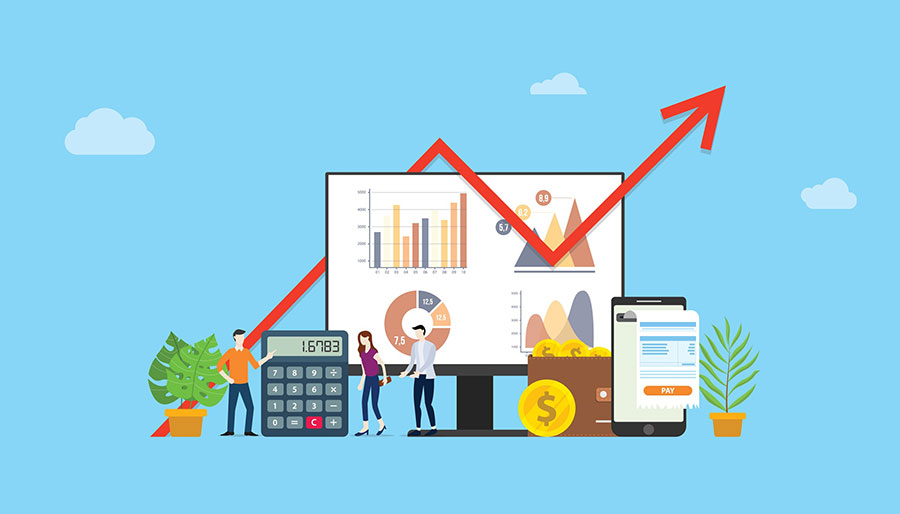
As we step into 2025, businesses are reevaluating their marketing budgets to ensure they stay competitive in a rapidly changing digital landscape. The question many businesses are asking is: What should my marketing budget be in 2025? The answer isn’t straightforward, as several factors influence how much a business should allocate to its marketing efforts.
Why Marketing Budgets Are Increasing in 2025
For the last several years, marketing budgets have been growing due to the increasing reliance on digital platforms. According to a study by Gartner, digital advertising will make up nearly 60% of overall advertising spending in 2025. This is no surprise, as more consumers are engaging online, and businesses are capitalizing on digital platforms like Google Ads, social media marketing, and email campaigns.
At Digilytics, we anticipate that businesses will need to allocate between 7% to 12% of their overall revenue to marketing in 2025. Startups or rapidly growing companies might even consider investing more (up to 20%) to capture market share. In industries with heavy competition, like eCommerce, tech, and financial services, companies will likely need to up their marketing budgets to stay relevant.
How to Allocate Your Marketing Budget
There’s no one-size-fits-all answer for allocating a marketing budget, as each business has unique needs. However, here are some best practices based on industry research:
- Digital Advertising (35% – 45%): With the growing popularity of platforms like Google, Facebook, Instagram, and LinkedIn, digital advertising continues to be a high ROI channel. In 2025, AI-driven ads and programmatic buying will be even more prevalent, enabling businesses to target customers more precisely.
- Search Engine Optimization (SEO) (20% – 25%): SEO remains a long-term investment that yields significant results over time. With Google’s algorithm updates focusing more on user intent and content quality, SEO will continue to be essential. Your SEO budget should be allocated for both on-page (content optimization) and off-page (backlink building) strategies.
- Social Media Marketing (15% – 25%): Social media will continue to dominate marketing strategies in 2025. Budgeting for paid ads, influencer collaborations, and organic engagement is key to growing brand awareness. Platforms like TikTok, Instagram, and LinkedIn are likely to offer increased advertising opportunities and unique ways to engage audiences.
- Content Marketing (10% – 15%): Content marketing is a cornerstone of digital strategies, with blogging, video production, and webinars gaining traction. By creating value-driven content, businesses build authority and trust with their audience.
- Email Marketing & Automation (10%): Email marketing is expected to remain a strong performer. In 2025, marketers will increasingly rely on automation and AI to personalize email marketing campaigns and improve customer segmentation.
Emerging Trends to Consider
Several emerging trends are likely to influence your marketing budget in 2025:
- Artificial Intelligence: AI and machine learning will play a massive role in optimizing ad campaigns, analysing customer behaviour, and automating processes. Investing in AI tools to streamline and optimize your campaigns is critical.
- Video Marketing: Video content continues to rise in popularity, with platforms like YouTube, TikTok, and Instagram providing opportunities for businesses to engage with their audience creatively.
- Voice Search Optimization: With more people using voice-enabled devices, optimizing your content for voice search will be essential in driving organic traffic.
- User-Generated Content: Consumers trust peer reviews and recommendations more than traditional advertising. Encouraging and incentivizing user-generated content should be a part of your strategy.
Final Thought
The marketing budget for 2025 must be dynamic, considering new technologies, platforms, and consumer behaviour. Businesses should focus on diversifying their spending between paid advertising, SEO, social media, and content marketing to stay competitive and future-proof their marketing efforts. By tracking performance and adjusting accordingly, companies can ensure they’re maximizing their ROI.







